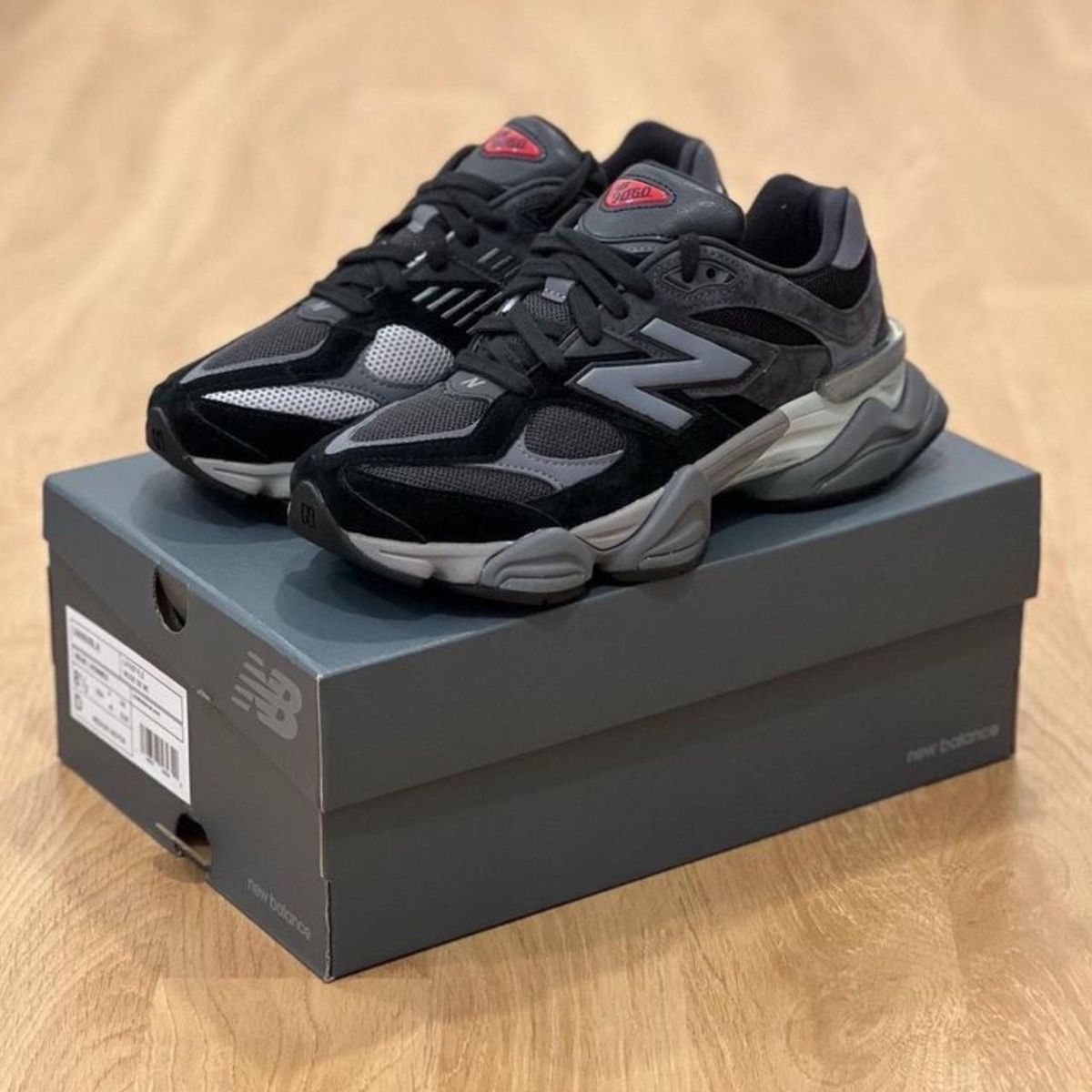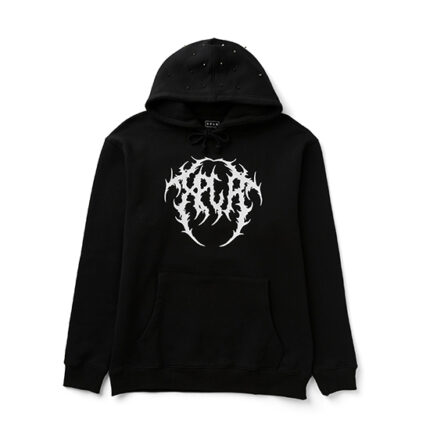In the ever-evolving sneaker world, one name that has consistently stayed relevant—without losing its authenticity—is New Balance. Once known primarily for comfort-driven running shoes, the brand has now carved its place in both the performance and lifestyle segments. But how does New Balance really compare to other top sneaker brands in 2025? Let’s break it down through performance, innovation, style, and sustainability.
1. Performance and Comfort: The Foundation of New Balance
Performance has always been at the heart of New Balance’s identity. The brand’s focus on perfecting fit and support continues to set it apart. Whether it’s the Fresh Foam X series for runners or the FuelCell range for athletes seeking responsiveness, New Balance sneakers are built for real-world functionality.
Unlike some brands that prioritize looks over comfort, New Balance integrates technologies like NDurance outsole rubber for traction and Ultra Heel design for stability. Even after hours of wear—whether you’re in the gym, on a trail, or walking through city streets—the cushioning remains consistent.
By comparison, brands like Nike and Adidas tend to lead with flashy tech marketing—think Zoom Air or Boost foam. They deliver great performance too, but New Balance often wins in long-term comfort and support, especially for people with wider feet or those seeking orthopedic precision.
2. Innovation: Quiet Consistency vs. Loud Experimentation
When it comes to innovation, New Balance might not shout the loudest, but it consistently delivers results. The brand’s R&D team focuses on materials that enhance performance while keeping weight minimal. Shoes like the New Balance 1080v13 or RC Elite v2 are perfect examples of how technology meets comfort without gimmicks.
On the other hand, brands like Nike and Puma are known for their bold experimentation. Nike pushes boundaries with carbon-fiber plates and futuristic soles, while Puma experiments with nitrogen-infused midsoles. Asics stays true to its performance roots, focusing heavily on biomechanics and cushioning.
In 2025, New Balance stands as the balanced middle ground—combining innovation that matters with reliability that athletes trust.
3. Style: From Running Tracks to Runways
New Balance’s biggest transformation in recent years has been in style. The brand went from being “dad shoes” to a global streetwear statement. Collaborations with names like Aimé Leon Dore, Joe Freshgoods, and Stone Island have made the sneakers a favorite among trendsetters.
The New Balance 550, 2002R, and 990v6 are now icons of everyday streetwear. They balance retro aesthetics with modern comfort—something other brands often struggle to perfect.
While Nike continues to dominate pop culture with Jordans and Dunks, and Adidas leans on its Yeezy legacy, New Balance appeals to those who prefer understated sophistication. It’s the go-to brand for people who want quality and authenticity without chasing hype.
For brands like On Running or Hoka, style often takes a backseat to performance. That’s where New Balance wins—it successfully merges both worlds.
4. Sustainability: Doing Good, Step by Step
In 2025, sustainability is no longer optional—it’s a necessity. New Balance has made significant progress by increasing its use of recycled and plant-based materials. Collections under its Green Leaf Standard focus on eco-friendly manufacturing, reduced waste, and responsibly sourced materials.
While Adidas made waves with its recycled ocean plastic sneakers, and Nike pushed its “Move to Zero” campaign, New Balance is quietly implementing long-term solutions rather than marketing-driven ones. Their commitment includes responsible labor practices and reducing carbon emissions across their supply chain.
The brand’s approach might not be as loud as its competitors’, but it reflects genuine accountability—something today’s consumers respect deeply.
5. Price and Value for Money
When evaluating sneakers, price often becomes a deciding factor. New Balance offers excellent value for the quality and durability it provides. While premium collaborations can reach luxury-tier prices, the core collection remains affordable compared to competitors.
For example:
New Balance 574 or 327: ₹8,000–₹12,000 range (India retail)
Nike Air Zoom or Pegasus: ₹10,000–₹15,000 range
Adidas Ultraboost: ₹12,000–₹18,000 range
Asics Gel-Kayano: ₹13,000–₹17,000 range
With its consistent build quality, timeless design, and comfort longevity, New Balance often provides better long-term value—especially for daily wearers who don’t replace shoes frequently.
6. Cultural Influence and Brand Identity
New Balance has built a unique cultural identity. It’s not chasing trends; it’s setting them. Its appeal lies in authenticity and craftsmanship rather than mass marketing. The brand speaks to the “hustlers” of today—people who value balance, quality, and purpose in their choices.
In contrast:
Nike thrives on emotion and inspiration (Just Do It).
Adidas focuses on lifestyle and celebrity collaborations.
Puma leans into athleisure and performance fusion.
On Running caters to performance-driven professionals.
New Balance comfortably bridges all of these aspects without losing its grounded personality. That’s why it resonates with creative communities, streetwear enthusiasts, and fitness lovers alike.
7. The Verdict: Why New Balance Holds Its Ground in 2025
In 2025, New Balance stands as the most balanced sneaker brand—combining heritage, performance, innovation, and understated style. While it may not dominate every category, it earns consistent respect across all of them.
For runners: its cushioning and stability outperform many others.
For fashion enthusiasts: its retro silhouettes remain timeless.
For conscious consumers: its sustainability efforts are genuine and ongoing.
If you’re looking for sneakers that perform well, look good, and age gracefully, New Balance deserves a spot at the top of your list. It’s not just a shoe—it’s a symbol of steady growth, self-belief, and everyday hustle.



